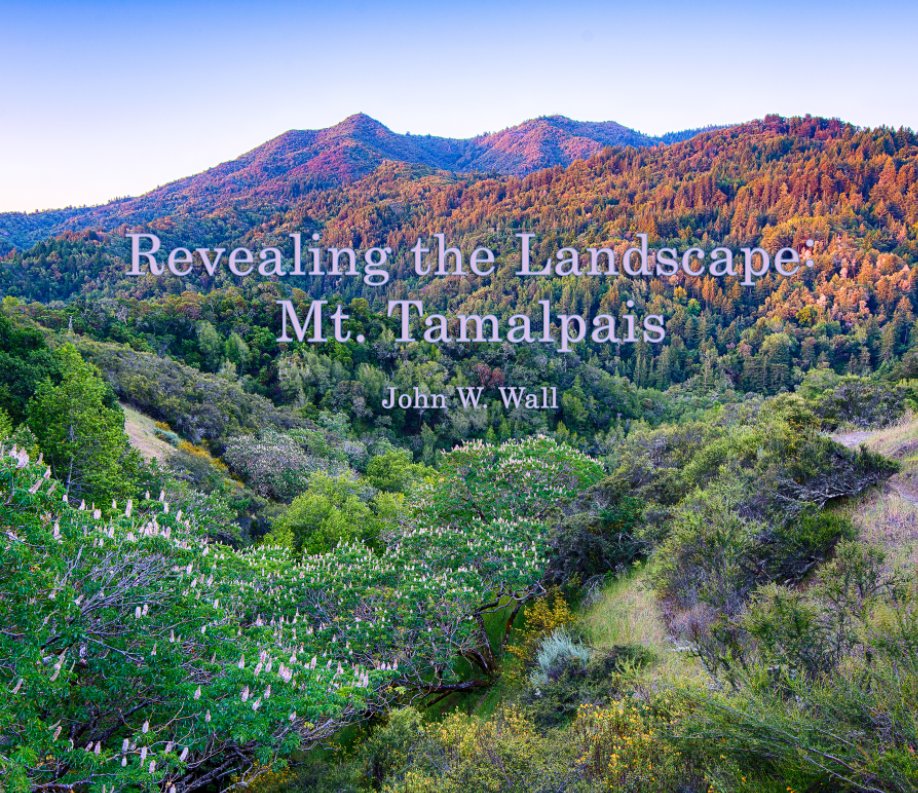 |
| Nuttall's Woodpecker, S.F. Botanic Garden |
I was pleasantly surprised when Google Maps gave me an unexpected return route from the Cosumnes River Preserve. Instead of directing me onto I-5 it sent me back out West Walnut Grove Road (which is also the way to the crane-viewing areas along Staten Island Road). That was a beautiful drive, and I had the road almost all to myself. I looked foward to more of the same as I turned onto Isleton Road, but it wasn't long before I got stuck in a chain of maybe 25 cars backed up behind a slow-poke driving a commercial van well below the speed limit. Oh well. It was a great route while it lasted.
After the rainy portion of the storm had mostly moved east yesterday morning, I could have done my usual walk to the beach via Ortega Street and back via Noriega, but I decided to find a new route that would put me in the park. I needed to have a more varied nature experience than I would have found in the Outer Sunset. I ended up walking down two sets of mosaic stairways to reach the park at Blue Heron Lake, where I walked the spiral trail to the top of Strawberry Hill, then over to the Botanic Garden and back up the hill to home.
 |
| This was the most photogenic of the three mourning doves that were hunkered down at the bottom of Grandview Park to escape the fierce winds that continued even after the bulk of the rain had passed. |
 |
| Two sets of mosaic stairs, looking down then up. That's the Moraga Steps on the left and the Hidden Garden Steps on the right. |
 |
| It's not an animal and it's not a plant. It's not even a fungus. It's Fuligo septica, and this spongy mass is its spore-bearing aethalium -- the largest of any slime mold. Being both common, large, and brightly colored, the scrambled-egg slime is probably our most frequently seen slime mold. |
 |
| A shy hermit thrush landed on the flowering branch of a nearby pokeweed plant, but it really wanted one of the ripe berries growing on another nearby branch. It hopped over and finally snagged one, then darted back into cover. |
 |
| This purple bromeliad fly (thanks to iNaturalist for the ID) was much bigger than your average house fly. |
 |
| I'd checked the red-legged frog pond in the Children's Garden, but there was no sign of either frog or pollywog. Someone had been pulling out a lot of the aquatic plants in the pond, and I hoped no frogs were harmed in the effort. As I was leaving the area I was surprised to see a red-shouldered hawk on a low branch, and surprised again when it stayed put as I pointed my camera for a photo. I took a couple of quick shots and moved on, not wanting to disturb it into flight. |
 |
| The Nuttall's woodpecker checked out several different trees and shrubs in the California Garden, including this still-standing but 99-percent dead manzanita (that I suspect will be replaced soon). |
 |
| It was briefly in the big buckeye, but I couldn't get an angle on it in there. The lichen-crusted manzanita was still a pretty good perch though. |
 |
| The California Garden's sacred datura plants are done flowering, and their thornapple fruits are earning their name. |
 |
| Several lesser goldfinches were eating evening primrose seeds in the California Garden. |
 |
| Lesser goldfinch at its lunch spot. |
 |
| This little guy was crossing a sidewalk in Forest Hill. I'm hoping someone at iNaturalist will come through with an ID, but it seems like many caterpillars are difficult to name. |
* * *


















